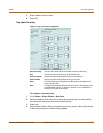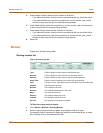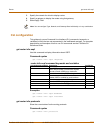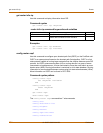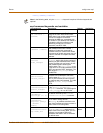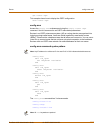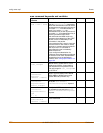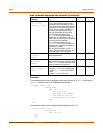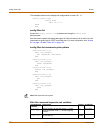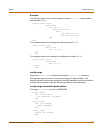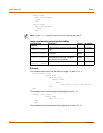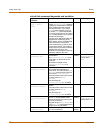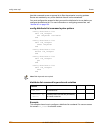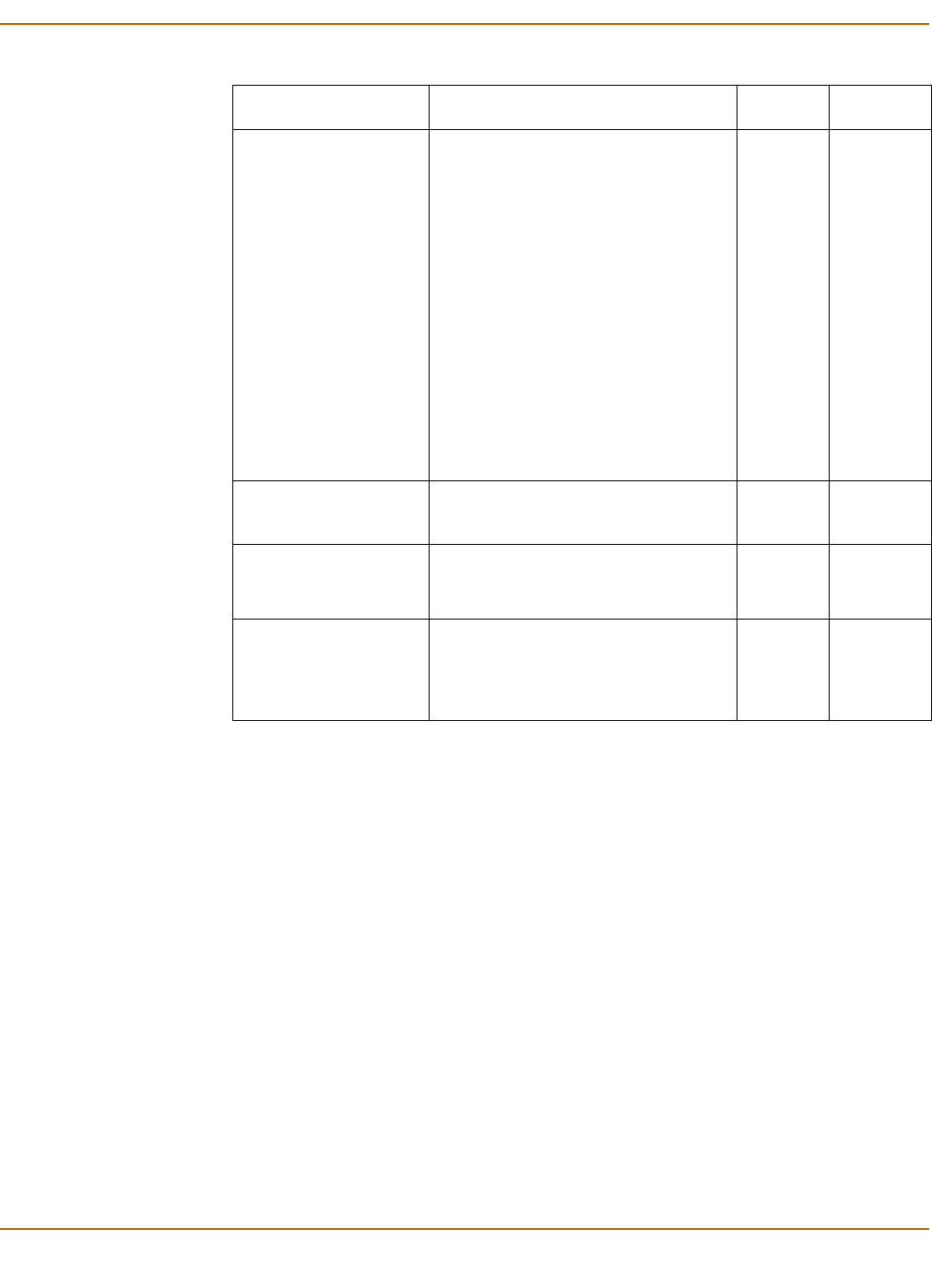
Router config router ospf
FortiGate-100A Administration Guide 01-28007-0068-20041203 169
Example
This example shows how to configure a stub area with the id 15.1.1.1, a stub type of
summary, a default cost of 20, and MD5 authentication.
config router ospf
config area
edit 15.1.1.1
set type stub
set stub-type summary
set default-cost 20
set authentication md5
end
end
This example shows how to display the settings for area 15.1.1.1.
config router ospf
config area
edit 15.1.1.1
get
end
nssa-translator-
role {always |
candidate | never}
A NSSA border router can translate the
Type 7 LSAs used for external route
information within the NSSA to Type 5
LSAs used for distributing external route
information to other parts of the OSPF
routing domain. Usually a NSSA will
have only one NSSA border router
acting as a translator for the NSSA.
You can set the translator role to
always to ensure this FortiGate unit
always acts as a translator if it is in a
NSSA, even if other routers in the NSSA
are also acting as translators.
You can set the translator role to
candidate to have this FortiGate unit
participate in the process for electing a
translator for a NSSA.
You can set the translator role to never
to ensure this FortiGate unit never acts
as the translator if it is in a NSSA.
candidate
All models.
shortcut {default
| disable |
enable}
Use this command to specify area
shortcut parameters.
disable All models.
stub-type
{no-summary |
summary}
Enter no-summary to prevent an ABR
sending summary LSAs into a stub area.
Enter summary to allow an ABR to send
summary LSAs into a stub area.
summary All models.
type
{nssa | regular |
stub}
Set the area type:
• Select nssa for a not so stubby area.
• Select regular for a normal OSPF
area.
• Select stub for a stub area.
regular All models.
area command keywords and variables (Continued)
Keywords and
variables
Description Default Availability



